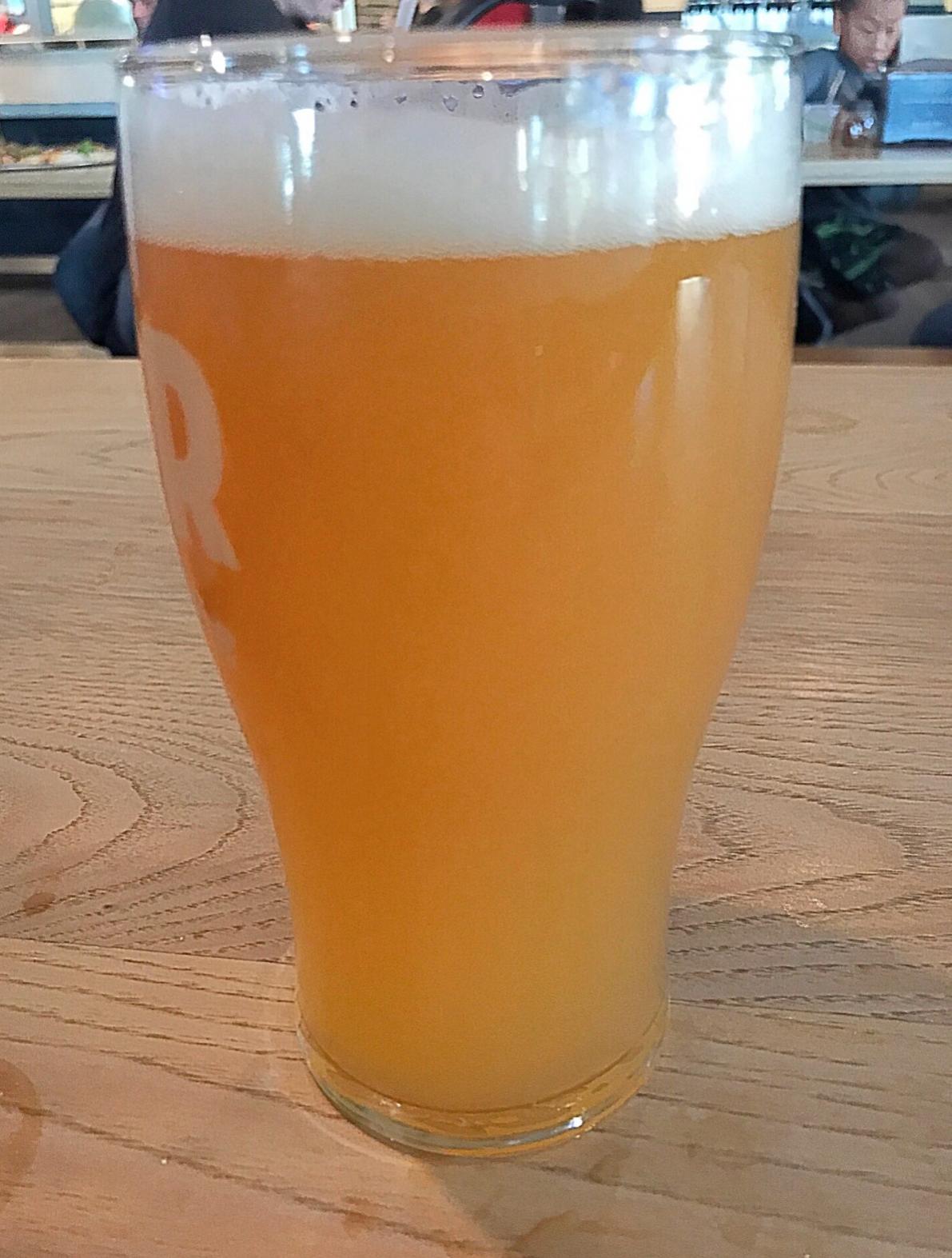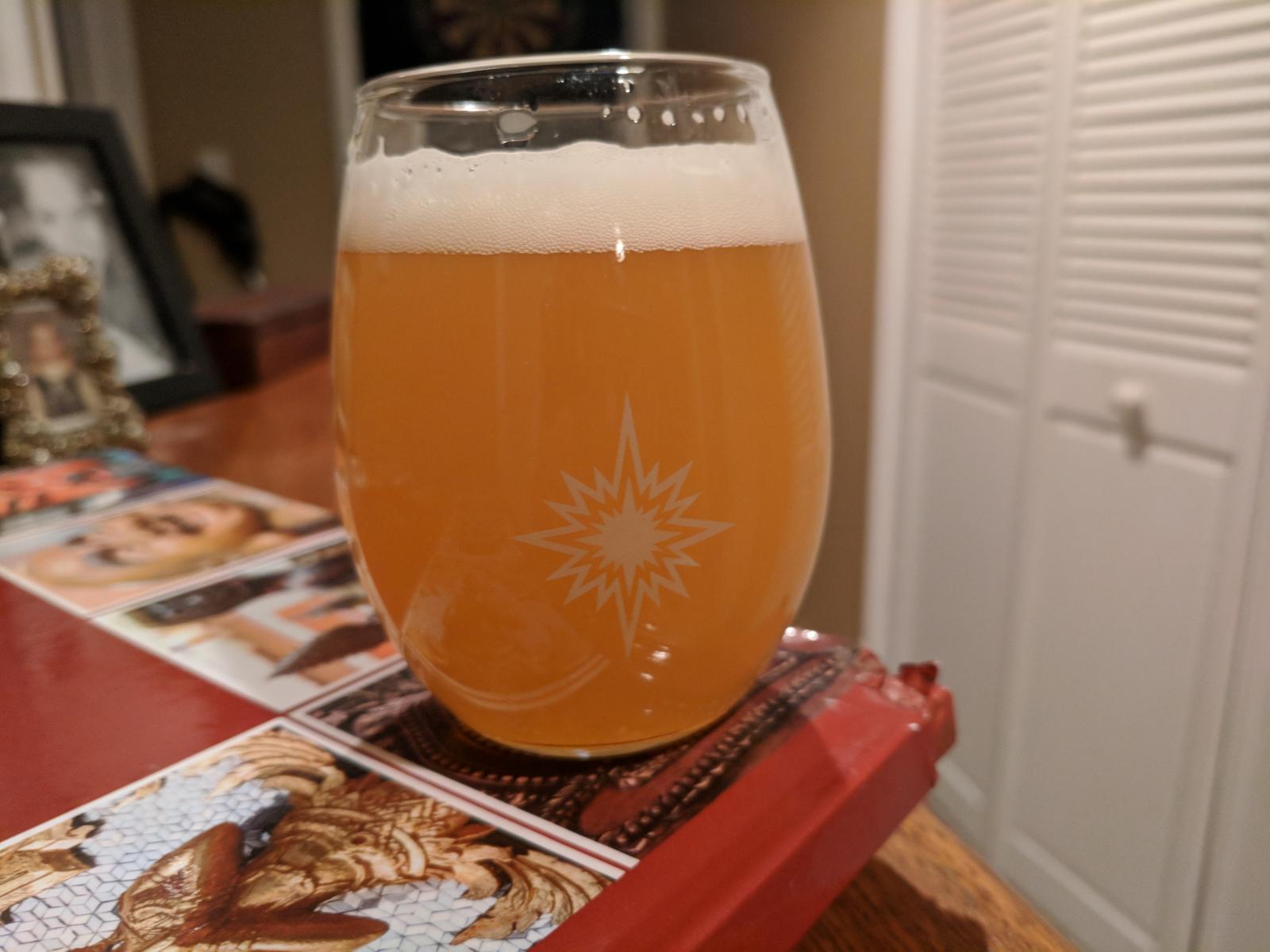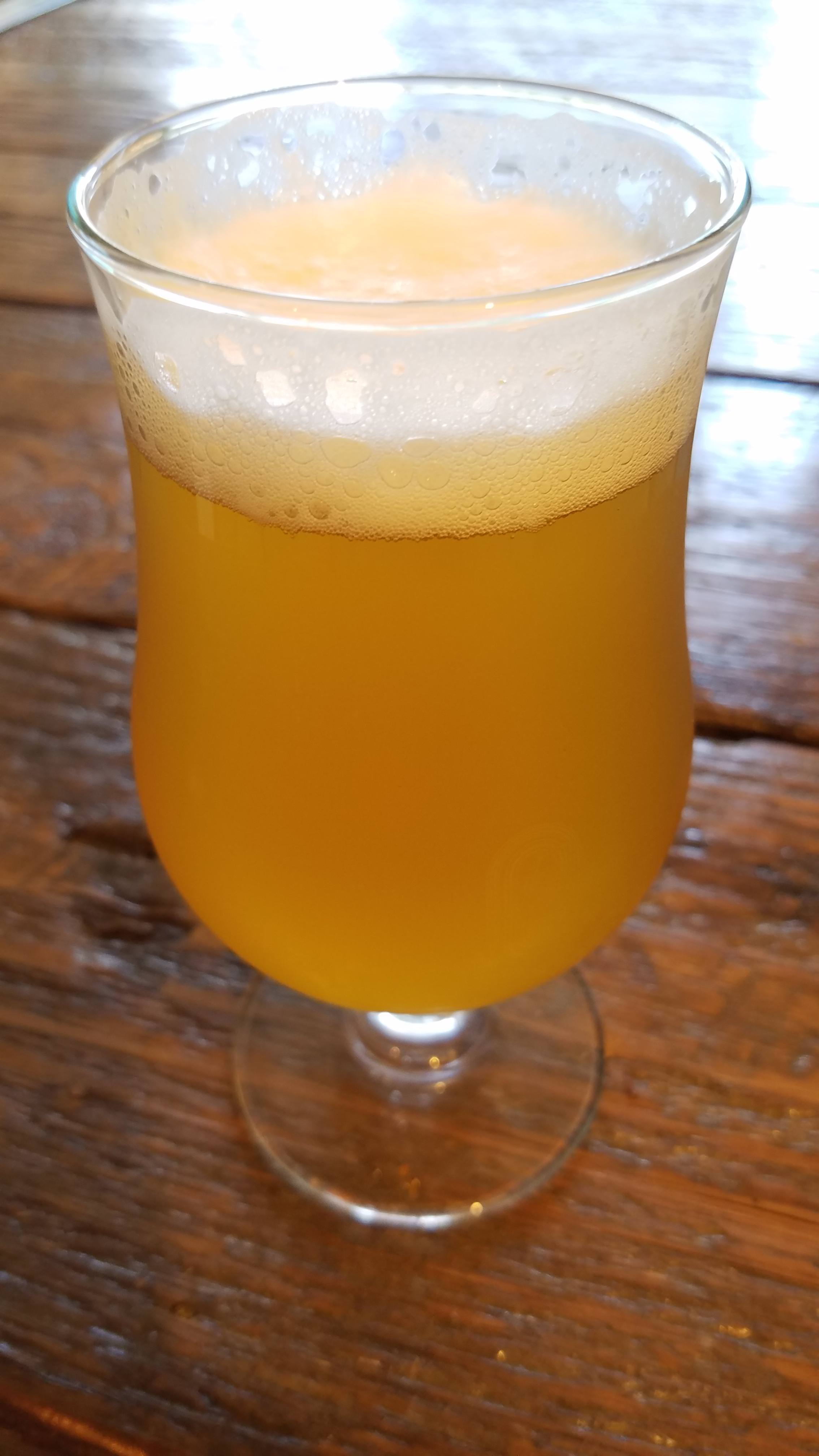Is hop burn mostly coming from cryo-hops?
no. I have gotten it from cryhops, but also pellets.

Is hop burn mostly coming from cryo-hops?
Is hop burn mostly coming from cryo-hops?


Looks nice. I just rebrewed #1418 and a couple of comments.
1) It seems to lack bitterness. I know that's the style but it almost lacks any bite at all. Braufessor, what do you have the IBUs at? I add .85 warrior and and it comes out to about 45 IBUs.
2) The color seems to be in between orange juicy and that next level of hop juice. Compared to some of the commercial beers I've measured it against it doesn't have the appearance that I would like.
I think I hit the recipe on point and I use mostly LoDo processes...Any thoughts on color/bitterness Braufessor?






![Craft A Brew - Safale S-04 Dry Yeast - Fermentis - English Ale Dry Yeast - For English and American Ales and Hard Apple Ciders - Ingredients for Home Brewing - Beer Making Supplies - [1 Pack]](https://m.media-amazon.com/images/I/41fVGNh6JfL._SL500_.jpg)





I'm using one of these attached to the spigot of my fermenter to the out post on my keg to do a closed transfer, filters down to 100 micron (they have more sizes if you want). Got it for about $20 - $25 from vacmotion.com
Here's my second version. Enjoying this more than the first which I used the OP's original recipe.
Citra/Mosaic/Simcoe with just slight changes to the grain bill. 1318 for the yeast and 100 sulfate 150 chloride.
<snip>
Here's my second version. Enjoying this more than the first which I used the OP's original recipe.
Citra/Mosaic/Simcoe with just slight changes to the grain bill. 1318 for the yeast and 100 sulfate 150 chloride.
View attachment 419858
View attachment 419859
Do you use a pump with this filter or is gravity enough to transfer with all the hop matter clogging the pump with time?
Re: Hop Burn...
Is it possible that mineral levels would play a part? I'm no chemist, so I ask out of sheer naivete. The beer I'm having issues with had high fairly levels of chloride, so perhaps that's something to look into. Water chemistry is below:
100% RO Water
Gypsum: 0.35 g/gal
CaCl: 0.70 g/gal
NaCal: 0.15 g/gal
How about pH? Doubtful, I suppose, but it can't hurt to ask those smarter than I. I don't have a pH meter, but calculated mash pH (per Bru'N Water) was 5.4.
I'm using one of these attached to the spigot of my fermenter to the out post on my keg to do a closed transfer, filters down to 100 micron (they have more sizes if you want). Got it for about $20 - $25 from vacmotion.com
Do you purge the filter before transferring? I am curious on how people minimize O2 exposure when using these because I sometimes get a stuck closed transfer and have looked into them.
I'm using one of these attached to the spigot of my fermenter to the out post on my keg to do a closed transfer , filters down to 100 micron (they have more sizes if you want). Got it for about $20 - $25 from vacmotion.com
I'm using one of these attached to the spigot of my fermenter to the out post on my keg to do a closed transfer, filters down to 100 micron (they have more sizes if you want). Got it for about $20 - $25 from vacmotion.com
Gravity feed works fine for me and i dry hop with 6 OZ no cold crash. Never clogged with hops but it did clog on me when i used hibiscus flower on a kettle sour I made. It was a hoppy sour 4 OZ dry hop, 10 oz of hibiscus flower so there was a lot of junk in there.
I'm no water expert that's for sure but I like to go "extreme" with my water profiles. My NE style IPA's i use 250 PPM chloride:50 PPM sulfate. My west coast style IPA's i use 300 PPM sulfate:50 chloride. PH is usually 5.3-4 for NE and 5.1-2 for WC. I've only gotten the burn when keg hopping regardless of style. Now that others have mentioned their experience though I'm leaning more towards the yeast and hop interaction during fermentation and even when the beer is kegged.
Is it possible that the burn is from increased polyphenols in this style? This article seems to suggest that perhaps a way to counter it would be to increase the % of oats. The author refers to it a "harshness":
http://scottjanish.com/researching-new-england-ipa-neipa-haze/
The polyphenols may also be the reason for the browning we have seen from the bottled styles so maybe that can be combated by increasing the oats as well. Here is an old article (1999) explaining polyphenols. One of the key takeaways:
"Polyphenols come from plant matter, among other sources. They are responsible for the browning in cut apples, pears, bananas, potatoes, and other foods."
https://byo.com/bock/item/305-brewing-science-understanding-polyphenols
Keg-hopping on a homebrew level is a risk altogether. I think there is a resounding affirmation within this thread that supports keg-hopping at least contributing, if not responsible, to the "hop burn". Not to mention, you're taking a risk getting vegetal (onion, chive, garlic) notes with keg-hopping. Not only is it unreproducible on a bigger scale, most commercial breweries will tell you that dry-hopping a beer post-cold crash (sub 50ºF temps) will result in vegetal notes that are impossible to remove from your beer.

I'm using one of these attached to the spigot of my fermenter to the out post on my keg to do a closed transfer, filters down to 100 micron (they have more sizes if you want). Got it for about $20 - $25 from vacmotion.com
Took a look at site - they show filters at 100 mesh, and 10 micron. but no 100 micron. You use one of those?

For those that brew the IPAs all the time - how long until they loose their freshness in the keg? I have a 2.5 gallon keg that Im thinking small batches might be the better route. Ive had some that were even 1 month old in the can that loose that hop freshness quickly.
Never had a problem with weird flavors when keg hopping with a keg float